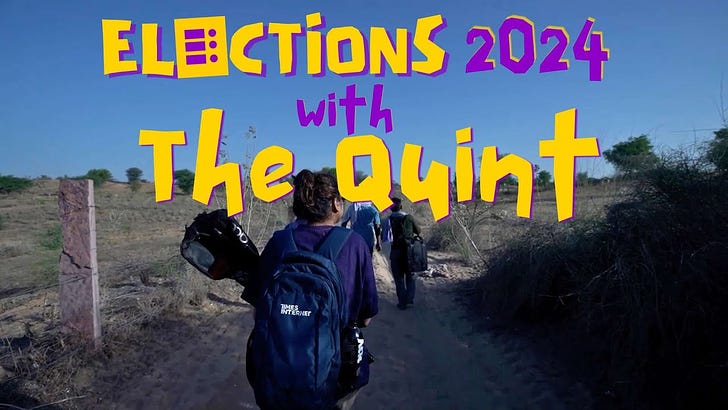From Capital Row to Caste Dynamics: The Deciding Factors in Andhra Pradesh Polls
Bifurcated in 2014 to make way for Telangana, Andhra Pradesh's political landscape is deeply influenced by caste.
After a high-octane campaign between the ruling YSR Congress Party and the Opposition alliance comprising the Telugu Desam Party, Jana Sena Party, and Bharatiya Janata Party, 175 Assembly and 25 Lok Sabha constituencies in Andhra Pradesh voted today, 13 May.
Chief Minister Jagan Mohan Reddy-led YSRCP – formed after the death of his father and former chief minister of Andhra Pradesh YS Rajasekhara Reddy (YSR) – has much at stake this election. The party came to power in 2019 with an overwhelming majority, defeating Chandrababu Naidu's TDP in the backdrop of the state's demand for Special Category Status.
The YSRCP won 151 of the 175 Assembly seats and 22 of the 25 Lok Sabha seats in 2019. The TDP was reduced to 23 Assembly seats and 3 Lok Sabha seats.
However, the YSRCP – by and large a welfarist government – is facing anti-incumbency over key issues ranging from unemployment to Jagan's capital-change proposal.
[…]
Let's take a closer look at the political equations, regional and caste dynamics, key constituencies, and poll issues in Andhra Pradesh.
Support Us
*Already a member of The Quint? What a star! Your support helps us do what we do better.
Also Read:
Want us to cover a story? Write to us at editor@thequint.com.
YOU play a big part in shaping our journalism and we want to hear your suggestions, new ideas, and more. Help us do what we do better, by answering a few Qs.






